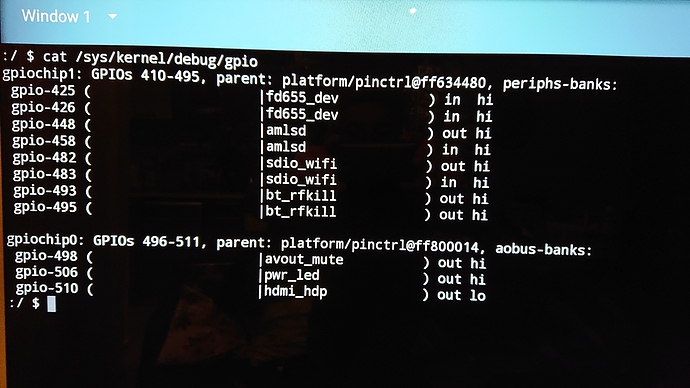Hello, is it possible to get some help with VFD configuration on a X3 Mini Amlogic S905X3 box?
I have installed the latest nightly CoreELEC with a 2G dtb as with the 4G dtb the box could not boot in CoreELEC. In Android memory is indicated as 4GB but the dtb displays as Sm1_ac213_2g. Everything works fine after the installation except for the display. I am attaching photos from the box and the output of GPIO config from Android:
I have tried multiple VFD configs but nothing works - the display is dark, only in one case I got the side LED’s working.
Please help.

